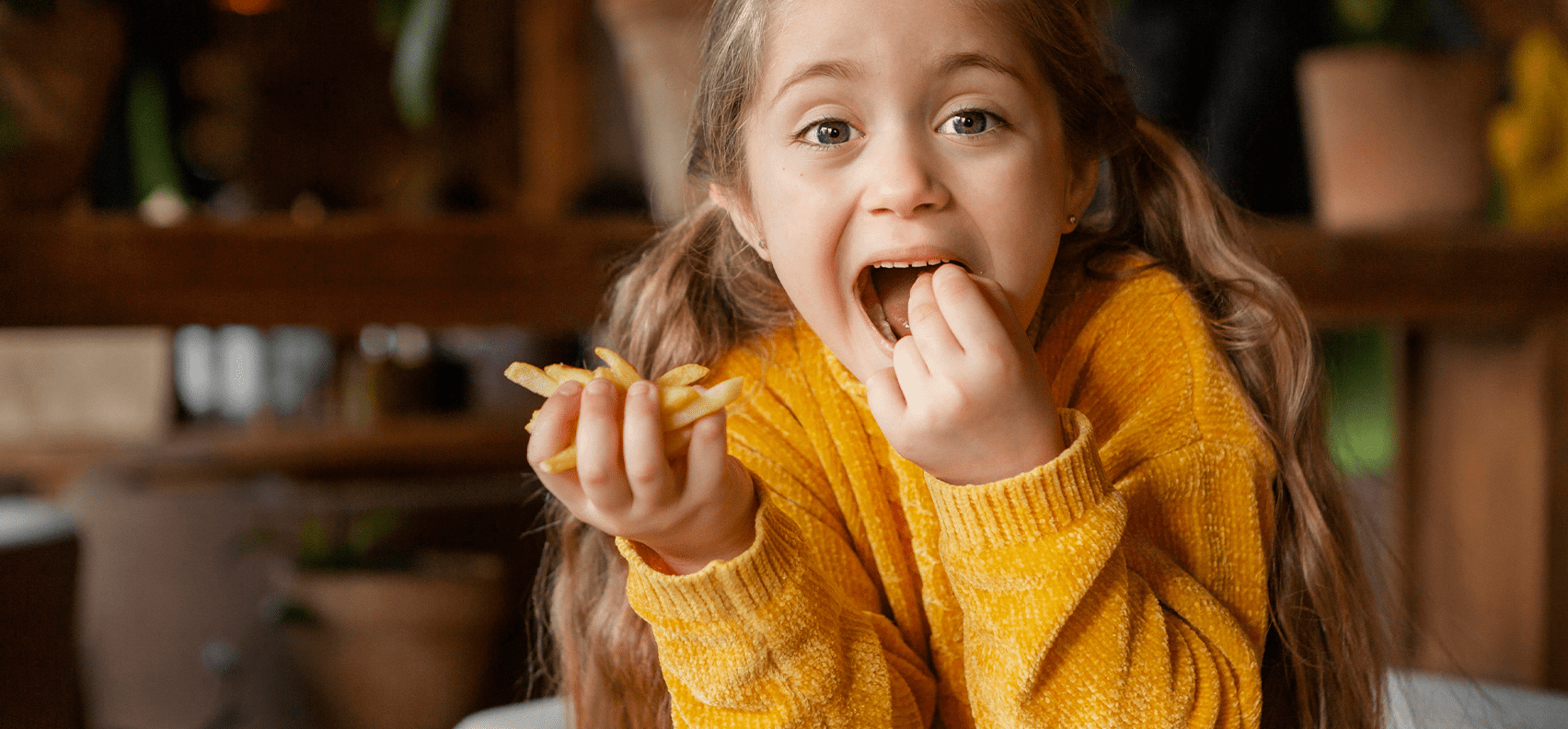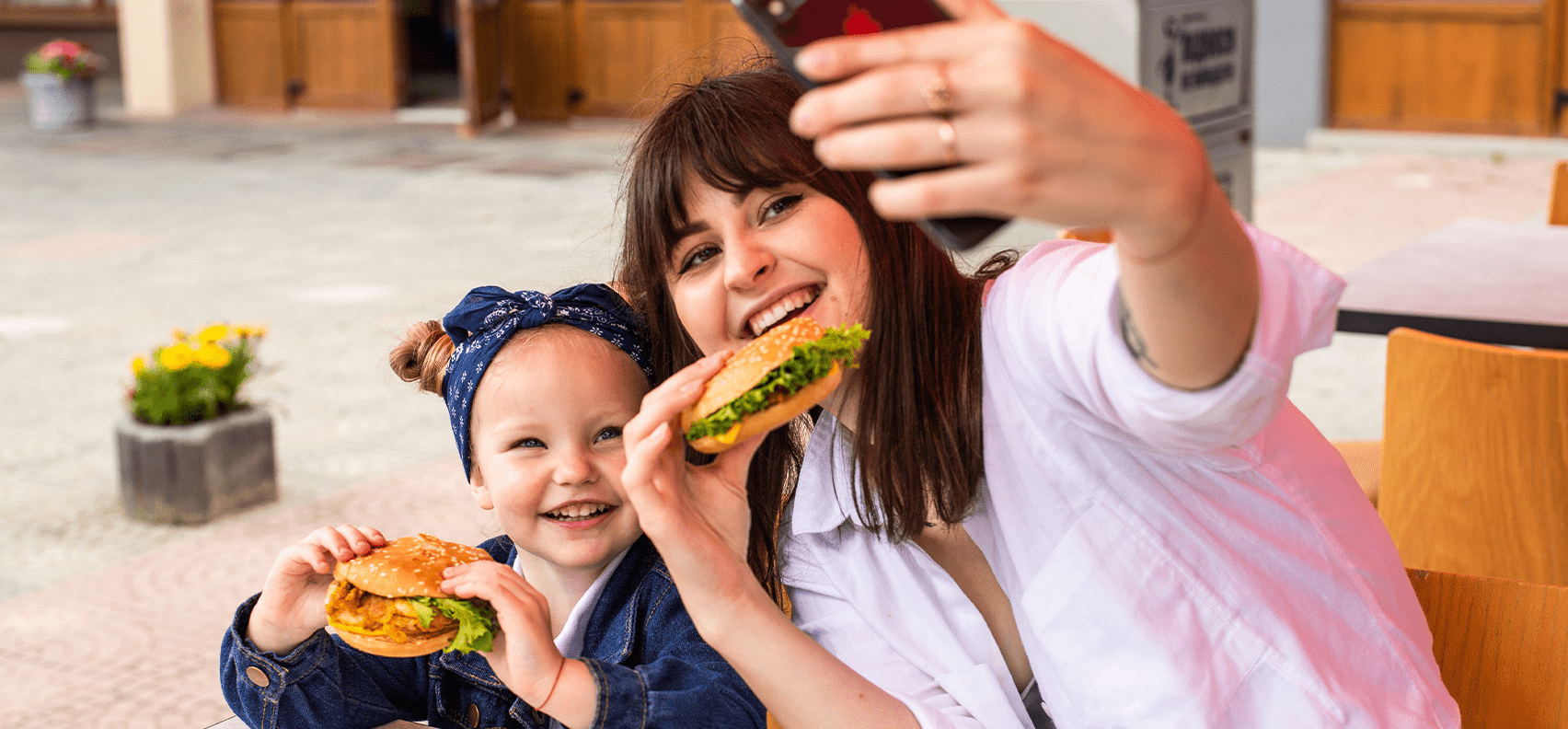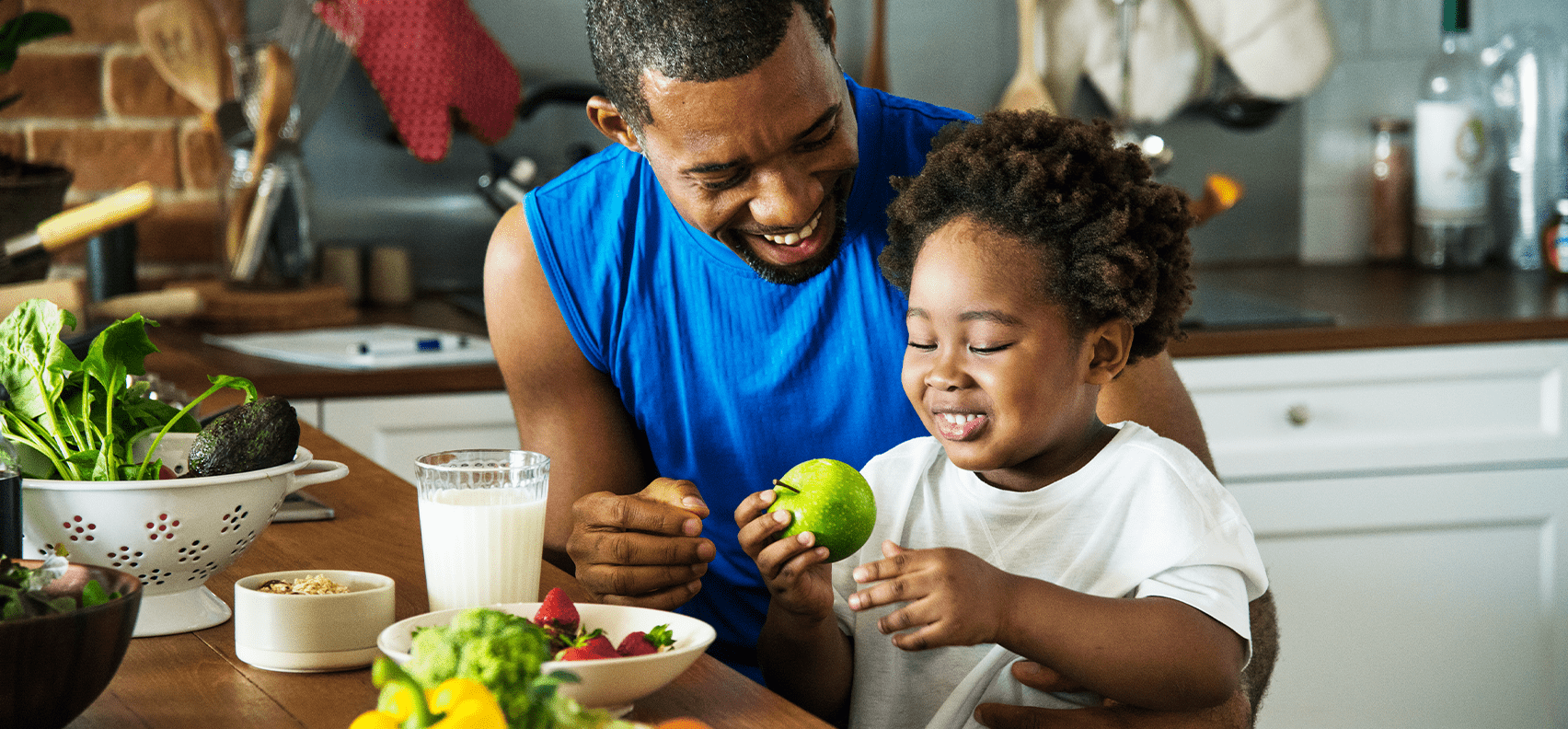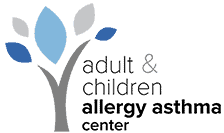- How can I help my child understand their food allergy?
- How can I help my child with food allergies eat safe foods?
- Tips for traveling and eating out with a child with food allergies
- How to create an “allergen army” for my child with food allergies
Parenthood can be full of anxieties and fears. When your child has a food allergy, it’s particularly concerning. Eating out, vacations, the school lunch line, and play dates can all be frightening because you often can’t control the foods that your child may inadvertently come in contact with.
Approximately one in every eight children, or 8% of the population, suffer from food allergies. As a parent, you may feel helpless in the face of the powerful immune response that certain foods trigger in your child. However, there are things that you can control and help your child with food allergies.

How Can I Help My Child Understand Their Food Allergy?
The first way you can help your child with a food allergy is to talk about it so they understand it. Young children will struggle to comprehend what’s happening with their bodies and may not even have the words yet to share how they’re feeling.
It’s good to start with the idea of unsafe or safe foods. FoodAllergy.org is a good website for understanding how to address these concepts. They recommend teaching young children what unsafe foods look like. Show them peanuts and peanut butter at the grocery store. Show them pictures of unsafe foods online or in books.
Additionally, teach your children to only accept food from trusted adults who know about their food allergy.
Another important safety measure is helping your child with food allergies understand what to do if they feel sick. Practice what to do if they have an allergic reaction. Talk with your teachers, coaches, and anyone else the child comes in contact with to ensure everyone is aware of what to do in the event of a crisis. As your children grow these necessary protective steps will become second nature and things will get easier for everyone.

How Can I Help My Child With Food Allergies Eat Safe Foods?
Have you started cooking with your child yet? Cooking together is a fun and empowering way to manage food allergies with your child as part of a daily health management routine. Talking about ingredients brings a great deal of awareness of what you’re eating together.
A Path to Natural Health says, “When you are living with food allergies, learning to cook delicious food that is safe for you to eat is fundamental to both independence and confidence.” Cooking can also be empowering for your child with food allergies to help them gain control over an illness that can sometimes feel out of their hands.
The process of helping your child eat safe foods can start by talking about the ingredients that make up food. You can shop together for hypoallergenic ingredients and substitutes for the foods that make them sick. For example:
- Children with nut allergies must avoid any cooking oils with these triggers so olive or coconut oil may be your go-to depending on flavor preferences
- Dairy allergies may require an alternative butter spread, such as Earth Balance, a vegan product and there are all kinds of non-dairy milks on the market now (almond, cashew, oat, rice, and soy, for example)
- A child with a flour allergy has many alternative options in the grocery, from rice or potato to chickpea or buckwheat flour
- There are also egg substitutes out there for vegan shoppers but you can also replace this ingredient in recipes with applesauce or ground flax seed, depending on what you’re cooking
- For peanut butter allergies there is tahini (sesame seeds) and sunflower seed butter
KidsWithFoodAllergies.org is another great resource for recipes that you and your child can put together. Start small and build a set of go-to recipes that you and your child like. Talk with an allergist to develop a food plan to help your child get plenty of safe, nutritious alternatives to their trigger foods. You can also help your child with their food allergies by stocking up on safe, delicious snacks like fruits and vegetables that they enjoy.

Tips for Traveling or Eating Out With a Child With Food Allergies
Awareness of food allergies is growing, and many restaurants and resorts now cater to the needs of people with these sensitivities. However, it continues to be a nail-biting experience to visit a restaurant for many families because you never know what to expect, especially in a new area. Parents of children with food allergies can come armed with the right questions to ensure a safe experience.
Allergy Eats has a searchable database of the restaurants that practice some awareness of food sensitivities. You will also develop your own go-to locations for a family meal on the town.
If you’re vacationing, resorts like Walt Disney World are particularly allergy friendly, stocking EpiPen’s throughout their facilities. Other resorts allow you access to staff, chefs, and menu choices that can help you prepare for your arrival in advance for a more relaxing travel experience.

How to Create an “Allergen Army” for My Child With Food Allergies
Both you as a parent and your child with food allergies will benefit from a network of friends, colleagues, and relatives that understand the severity of the risks of certain kinds of food to your child. We call this an “Allergen army.”
Teachers and sports instructors, grandparents, neighbors, and more, can all provide extra sets of watchful eyes to help you and your child cope with their illness. As your child grows older, the circle of friends they surround themselves with can help monitor and protect them. Teaching this network about the food allergens should also include the use of epinephrine injector and the steps necessary to stabilize your child’s health should an incident occur.
Another, and perhaps the most important resource in your child’s allergy army, is the doctor you select to test, diagnose, treat, and manage your child’s condition. Kevin Farnam, M.D., board-certified allergist, offers customized, comprehensive management of your child’s allergies. Talk with our team today to find out how we can help.



